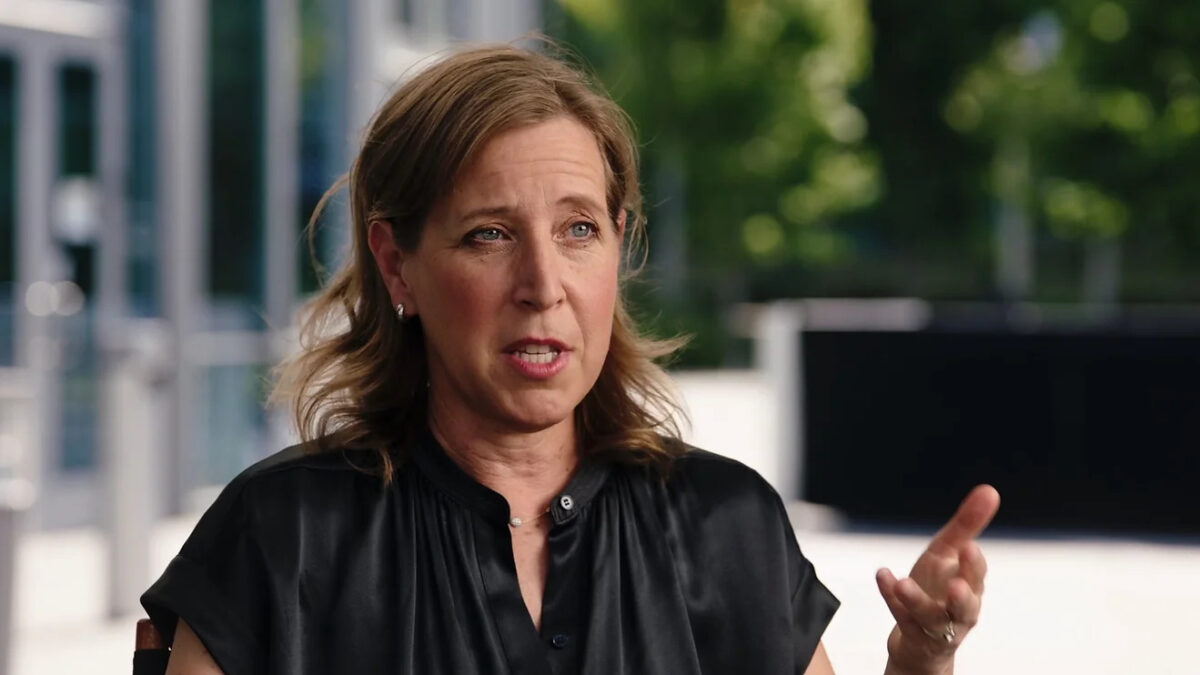One of the reasons it’s so difficult to figure out what to do about misinformation, malinformation, and disinformation online is the difficulty of pinpointing how online interaction translates to action in the real world. The worst content on social media has often come from traditional media or been posted by an elected politician.
At least, that’s how it seems to text-based people like me. This characteristic, along with the quick-hit compression of 140 (later 280) characters, was the (minority) appeal of Twitter. It’s also why legacy media pays so little attention to what’s going on in game worlds, struggle with TikTok, and underestimate the enormous influence of YouTube. The notable exception is the prolific Chris Stokel-Walker, who’s written books about both YouTube and TikTok.
Stokel-Walker has said he decided to write YouTubers because the media generally only notices YouTube when there’s a scandal. Touring those scandals occupies much of filmmaker Alex Winter‘s now-showing biography of the service, The YouTube Effect.
The film begins by interviewing co-founder Steve Chen, who giggles a little uncomfortably to admit that he and co-founders Chad Hurley and Jawed Karim thought it could be a video version of Hot or Not?. In 2006, Google bought the year-old site for $1.65 billion in Google stock, to derision from financial commentators certain it had overpaid.
Winter’s selection of clips from early YouTube reminds of early movies, which pulled people into theaters with little girls having a pillow fight. Winter moves on through pioneering stars like Smosh and K-Pop, 2010’s Arab spring, the arrival of advertising and monetization, the rise of alt-right channels, Gamergate, the 2016 US presidential election, the Christchurch shooting, the horrors lurking in YouTube Kids, George Floyd, the multimillion-dollar phenomenon of Ryan Kaji, January 6, the 2020 Congressional hearings. Somewhere in the middle is the arrival of the Algorithm that eliminated spontaneous discovery in favor of guided user experience, and a brief explanation of the role of Section 230 of the Communications Decency Act in protecting platforms from liability for third-party content.
These stories are told by still images and video clips interlaced with interviews with talking heads like Caleb Cain, who was led into right-wing extremism and found his way back out; Andy Parker, father of Alison Parker, footage of whose murder he has been unable to get expunged; successful YouTuber (“ContraPoints”) Natalie Wynn; technology writer and video game developer Brianna Wu; Jillian C. York, author of Silicon Values; litigator Carrie Goldberg, who works to remediate online harms one lawsuit at a time; Anthony Padilla, co-founder of Smosh; and YouTube then-CEO Susan Wojcicki.
Not included among the interviewees: political commentators (though we see short clips of Alex Jones) or free speech fundamentalists. In addition, Winter sticks to user-generated content, ignoring the large percentage of YouTube’s library that is copies of professional media, many otherwise unavailable. Countries outside the US are mentioned only by York, who studies censorship around the world. Also missing is anyone from Google who could explain how YouTube fits into its overall business model.
The movie concludes by asking commentators to recommend changes. Parker wants families of murder victims to be awarded co-copyright and therefore standing to get footage of victims’ deaths removed. Hany Farid, a UC Berkeley professor who studies deepfakes, thinks it’s essential to change the business model from paying with data and engagement to paying with money – that is, subscriptions. Goldberg is afraid we will all become captives of Big Tech. A speaker whose name is illegible in my notes mentions antitrust law. Cain notes that there’s nothing humans have built that we can’t destroy. Wojcicki says only that technology offers “a tremendous opportunity to do good in the long-term”. York notes the dual-use nature of these technologies; their effects are both good and bad, so what you change “depends what you’re looking for”.
Cain gets the last word. “What are we speeding towards?” he asks, as the movie’s accelerating crescendo of images and clips stops on a baby’s face.
Unlike predecessors Coded Bias (2021) and The Great Hack (2019), The YouTube Effect is unclear about what it intends us to understand about YouTube’s impact on the world beyond the sheer size of audience a creator can assemble via the platform. The array of scandals, all of them familiar from mainstream headlines, makes a persuasive case that YouTube deserves Facebook and Twitter-level scrutiny. What’s missing, however, is causality. In fact, the film is wrongly titled: there is no one YouTube effect. York had it right: “fixing” YouTube requires deciding what you’re trying to change. My own inclination is to force change to the business model. The algorithm distorts our interactions, but it’s driven by the business model.
Perhaps this was predictable. Seven years on, we still struggle to pinpoint exactly how social media affected the 2016 US presidential election or the UK’s EU referendum vote. Letting it ride is dangerous, but so is government regulation. Numerous governments are leaning toward the latter.
Even the experts assembled at last week’s Cambridge Disinformation Summit reached no consensus. Some saw disinformation as an existential threat; others argued that disinformation has always been with us and humanity finds a way to live through it. It wouldn’t be reasonable to expect one filmmaker to solve a conundrum that is vexing so many. And yet it’s still disappointing not to have found greater clarity.
Illustrations: YouTube CEO (2014-2023) Susan Wojcicki (via The YouTube Effect).
Wendy M. Grossman is the 2013 winner of the Enigma Award. Her Web site has an extensive archive of her books, articles, and music, and an archive of earlier columns in this series. Follow on Mastodon.
